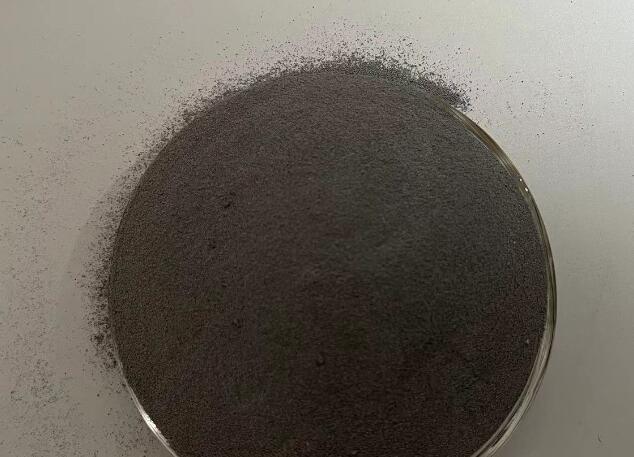The task of bridge structure design is to meet the functional requirements of the structure in the most economical way, so that the bridge structure can withstand various expected load effects during the construction and use period. In the process of construction and use, the bridge will certainly be subject to the environment, harmful chemical substances, and to withstand the external effects of vehicles, wind, earthquakes, fatigue, human factors, etc., while the bridge used in the material of its own performance will continue to degrade, resulting in different degrees of damage and deterioration of various parts of the structure.
A large number of disease examples also prove that, in addition to construction and material-related causes, the decisive factor affecting the durability of a structure is a design defect. The poor safety and durability of bridges can be attributed to both the construction aspects and there is much room for improvement in the field of bridge design, especially regarding the safety of bridges during construction and service life. The first task of structural design is to select an economical and reasonable structural solution, followed by structural analysis and design of members and connections, and to take the safety factor or reliability index specified in the code to ensure the safety of the structure.
1. Meet the basic requirements of structural concrete durability:
In recent years, many bridges have collapsed in serious accidents, causing many human tragedies that should not have been. The results of the investigation and analysis show that many accidents are caused by poor design or construction without attention to quality control. The construction of jerry-built materials, engineering corruption, the design of the attitude is not rigorous, calculation errors, etc. are important factors that cause the bridge safety risks. At present, the durability design of bridge design is often used as a reference value, rather than a specific calculation of its proper safety service life, not to mention a series of experimental studies on the durability of bridges. To a certain extent, this phenomenon has led to the serious consequences of frequent bridge accidents, poor structural performance and poor durability, and also deviates from the international trend of paying more and more attention to the durability, safety and suitability of bridge structures.

Improving the durability of concrete itself is the prerequisite and basis for solving the durability of concrete structures. The durability of concrete mainly depends on the material composition of concrete, of which the water-cement ratio, cement dosage, strength grade have a greater impact on durability. “Bridge JTGD62″ clearly specifies the different use of the environment, the basic requirements of the structure of concrete, the impact of concrete durability of the maximum water-cement ratio, the minimum amount of cement, the minimum strength grade, the maximum chloride ion content and alkali content to make restrictions, which is the “Bridge JTGD62″ on the highway bridge structure durability design of the basic requirements, the design should follow the implementation.
Increase the thickness of the concrete protective layer of reinforcement.
The minimum distance from the outer edge of the reinforcement to the concrete surface is called the protective layer thickness. The main role of the protective layer of reinforcing steel is to meet the cross-sectional force needs of concrete members, to protect the reinforcing steel from rust and corrosion, to ensure the normal use of the structure. Generally speaking, only when the concrete in the protective layer is carbonized and the passivation film on the surface of the reinforcing steel is damaged, the reinforcing steel may rust and corrode. The thickness of the protective layer of reinforced concrete has a direct relationship with the life of the structure and the safety of use.
The current national specification for reinforced concrete reinforcing steel protective layer thickness has been increased by another level, which further indicates that the protective layer of reinforcing steel has an important role in the durability, safety, corrosion resistance, carbonation resistance and fire resistance of the structure use. The depth of carbonation of reinforced concrete is directly proportional to the time of use. The strength and compactness of the concrete surface affected by carbonation are reduced, making it easy for water vapor or other harmful gases to invade the concrete. When the protective layer is completely carbonated, water vapor or other harmful gases directly erode to the reinforcing steel, reinforcing steel will rust, the thinner the protective layer the shorter the time frame required for carbonation. Surface corrosion of reinforcing steel and produce expansion force (its expansion force in the volume of concrete generally to increase by 2 to 4 times), rust formed outward expansion force, arch crack concrete protective layer, so that the gas directly infiltrated, erosion of stress reinforcement, affecting structural safety and service life.
Therefore, increase the thickness of the concrete protective layer of reinforcing steel is one of the most important measures to protect the reinforcing steel from rusting and improve the durability of concrete structures. In view of this, the “Bridge JTGD62″ gives the minimum concrete layer thickness of reinforcement, but its more common with the international design specifications, or a little gap. Design appropriate to increase the concrete layer thickness of reinforcing steel to improve the durability of concrete structures is very beneficial.








